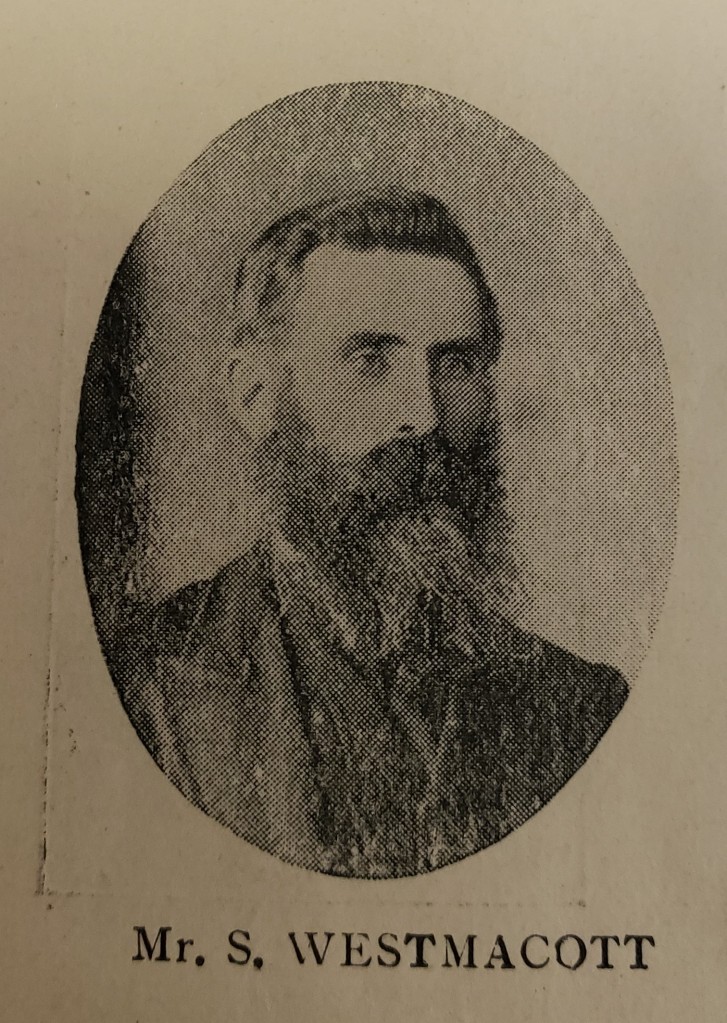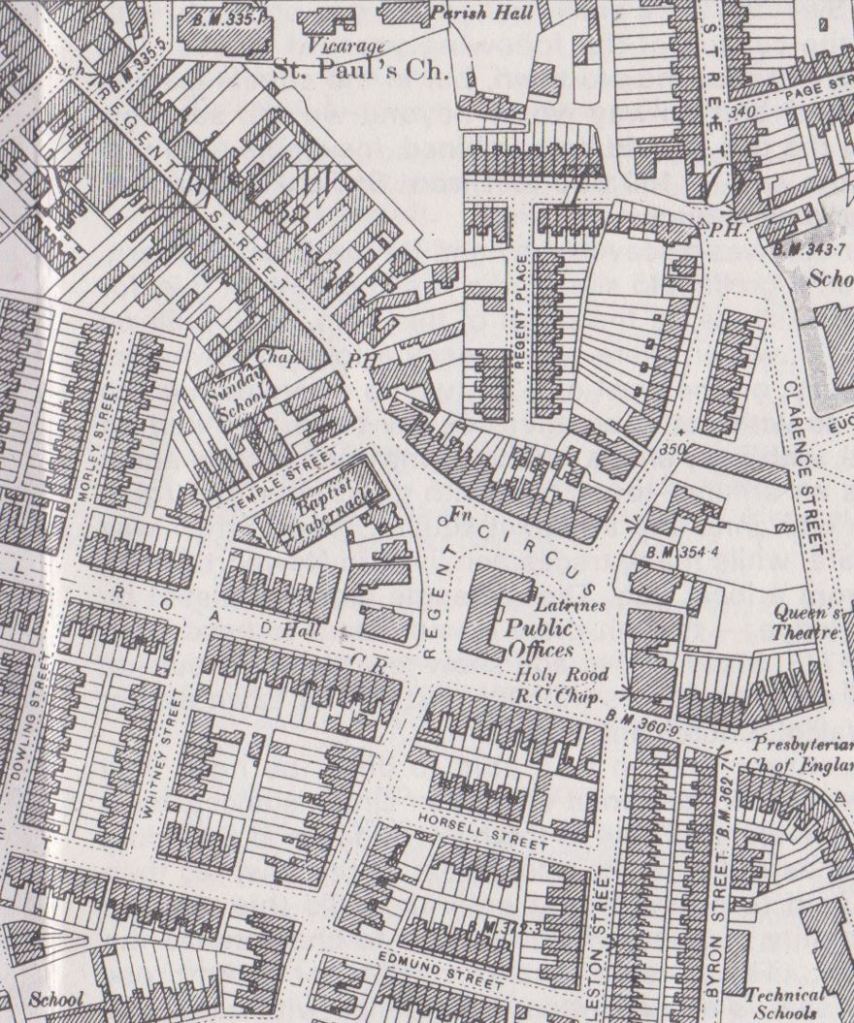Reading between the lines of this fulsome obituary Samuel Westmacott sounds a force of nature with strong opinions and not afraid to voice them. He was even temporarily expelled from the Methodist church on the issue of “original sin”…

The Late Samuel Westmacott – A Pioneer of Swindon nonconformity.- A funeral sermon in memory of the late Mr Samuel Westmacott, of New Swindon, who died on the 17th ult., at the age of 63 years, was preached recently in the Regent Street Primitive Methodist Chapel, New Swindon, to a large congregation, by the Rev. T. Pinnock, of London
Taking for his text II. Timothy iv., verses 7 and 8, “I fought the good fight,” the rev. gentleman preached an excellent sermon, and in referring to the life of the deceased Methodist, said Mr Westmacott was converted when 19 years of age. He had lived in Swindon nearly all his life, only removing on one occasion to Purton for a short time, and had worked earnestly in the cause of Methodism.
He was a long way in advance of his time, not being prepared to adopt the theology of the Church, and consequently he and several others with him were expelled for a time, the question on which the expulsion took place being “original sin.” Deceased was a man who held very strong views, and sometimes in expressing them he unintentionally wounded the feelings of even his dearest and strongest friends. But under his rough exterior there was a warm heart, which those who knew him well at once recognised.
Mr Pinnock mentioned that he himself was the minister at Swindon when that chapel in which they were then assembled was built, and he had no hesitation in saying that had it not been for the efforts of Mr Samuel Westmacott the church would not have been built at that time. At a meeting in the year 1875, when the proposed erection of the church was discussed, the members of the committee, to the number of 24, decided to postpone the erection of the building, and they were just about to close the meeting when Mr Westmacott rose and presented the matter to them in a different light to what they had seen it before, and by the sheer force of his will converted the meeting to adopt his view of the matter, and they resolved to proceed with the building at once. And whilst the church was being built Mr Westmacott rendered great assistance, both personally, financially, by his counsel, and in every possible way.
Extracts from the Swindon Advertiser, Saturday, October 31, 1891.

Samuel Westmacott died aged 63 years at 30 Bridge Street. He was buried on September 21, 1891 in plot E8399, a grave he shares with his wife Ann who died in 1908 aged 79.



